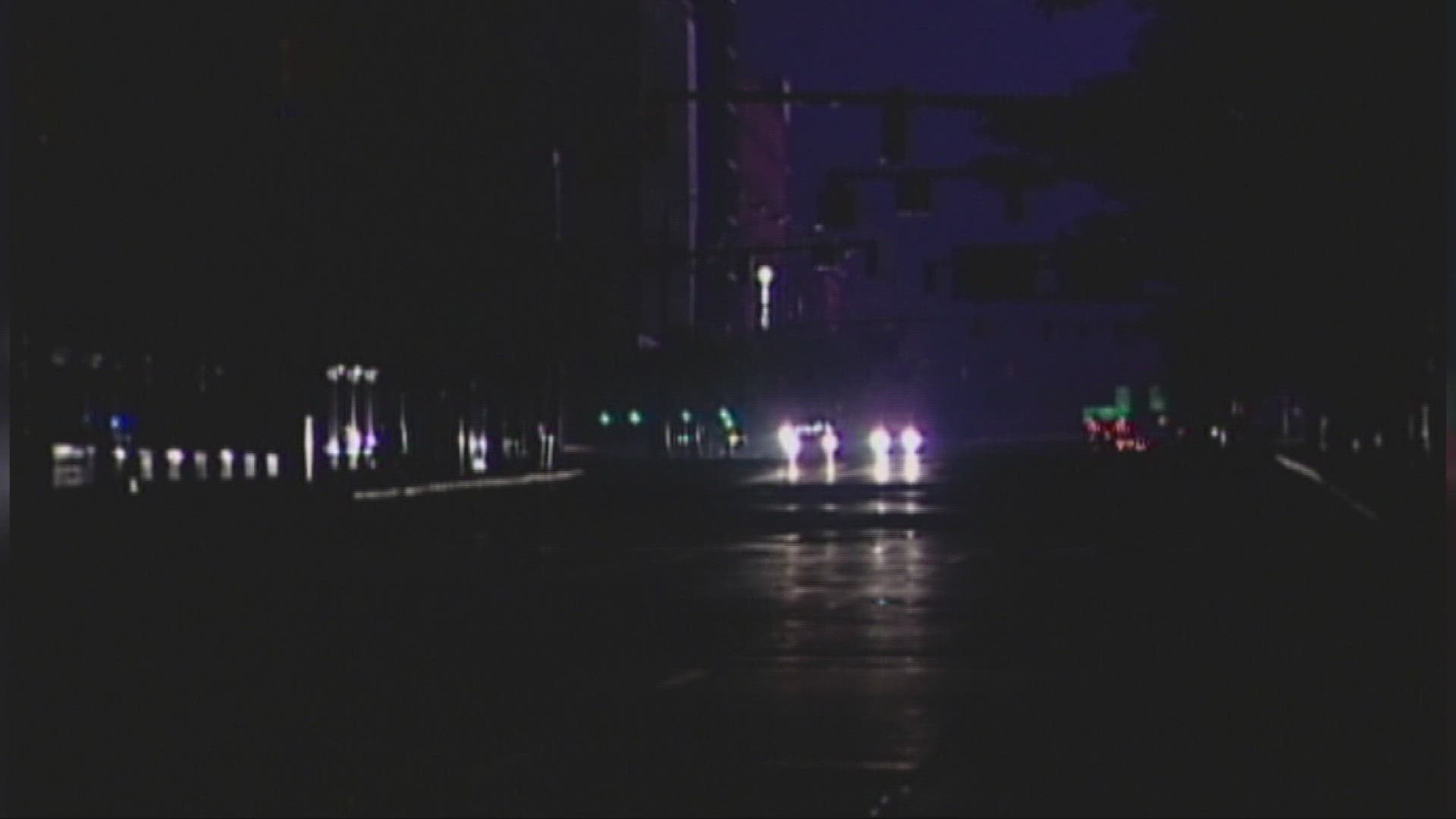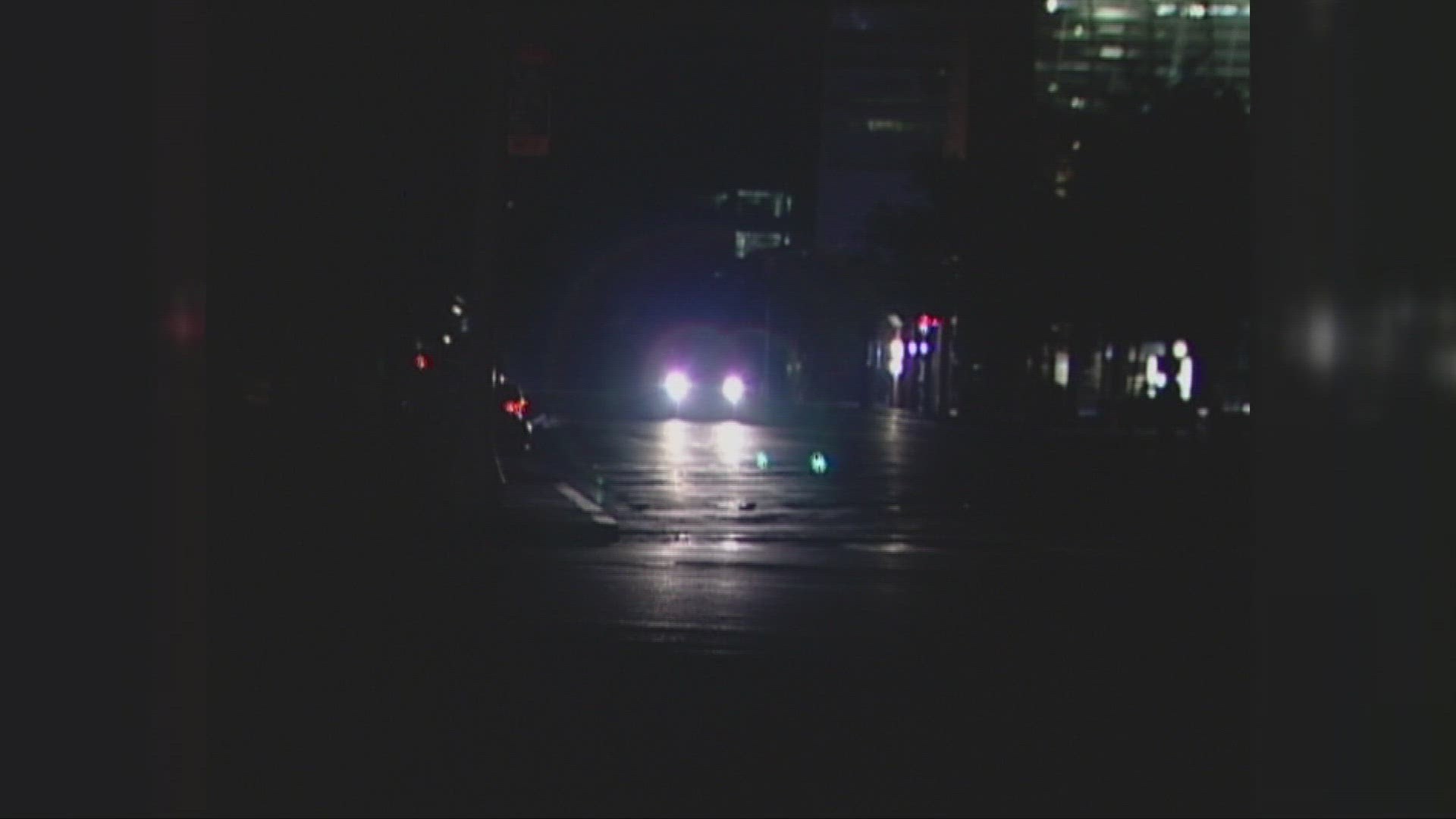CLEVELAND — It was around 4 p.m. on Thursday, Aug. 14, 2003.
Folks were just piling in for the Feast of the Assumption in Cleveland's Little Italy when the city and the region went dark.
Frank Macek, a director here at 3News, remembers that day well.
"We started noticing up on the monitors behind us from CNN, MSNBC, all the cable networks were reporting that New York was without power," Macek recalls.
Shortly after, we would soon learn much of the east coast was hit, too. At that time, our Russ Mitchell was in New York City working for CBS News.
"I was sitting in my office and I can remember the lights flickered for a second and apparently the back-up generator came on," says Mitchell, now 3News' anchor and managing editor.
The blackout happened on a hot summer day, just like 9/11, said Macek.
"That (the blackout) was just a couple of years after 9/11 and we were wondering right off the bat if it was another terrorist attack or did something else happen," he added.
Thousands, if not millions, of people were walking the streets of New York.
"I can remember the hotdog vendors who normally got $1.50 for a hotdog were selling them for $10," Mitchell adds.
The problem was, with no power, how were you going to store food?
"I can remember walking home and New York City was pitch black, which I had never seen before. In fact, you don't see [it] in New York City," Mitchell recalls. "But the bars, people were spilling out of them, not only celebrating the fact that this was not a terrorist attack, but also saying, 'Hey, we've got to make the best of this.'"
It was the same in Cleveland: no traffic lights and just darkness.
We would eventually find out the outages were caused by a software bug at FirstEnergy. The company's Eastlake power plant shut down when overgrown trees tangled up with power lines. It led to a series of shutdowns at 21 separate plants in just three minutes.
The outages stretched from Toledo and Detroit all the way north into Canada and east to New York and New England. In all, more than 50 million people were without power.
No one could have ever believed the "Northeast Blackout" started here, says Mitchell.
"It was like, 'How can something happen there in Cleveland, Ohio — or outside of Cleveland, Ohio — and affect New York City and all across the east coast?' It was fascinating and still is fascinating."
A fascinating event that lasted, in some places, for four days.
"Most of our technology at that time, like cellphones and things, didn't work. We were working on two-way radios at that time," Macek adds. "We were broadcasting to no one for a couple of days. I mean, nobody had power, so nobody was watching television."
MORE: Check out Jim Donovan's reflections about the "Northeast Blackout" from Monday's Front Row below:


